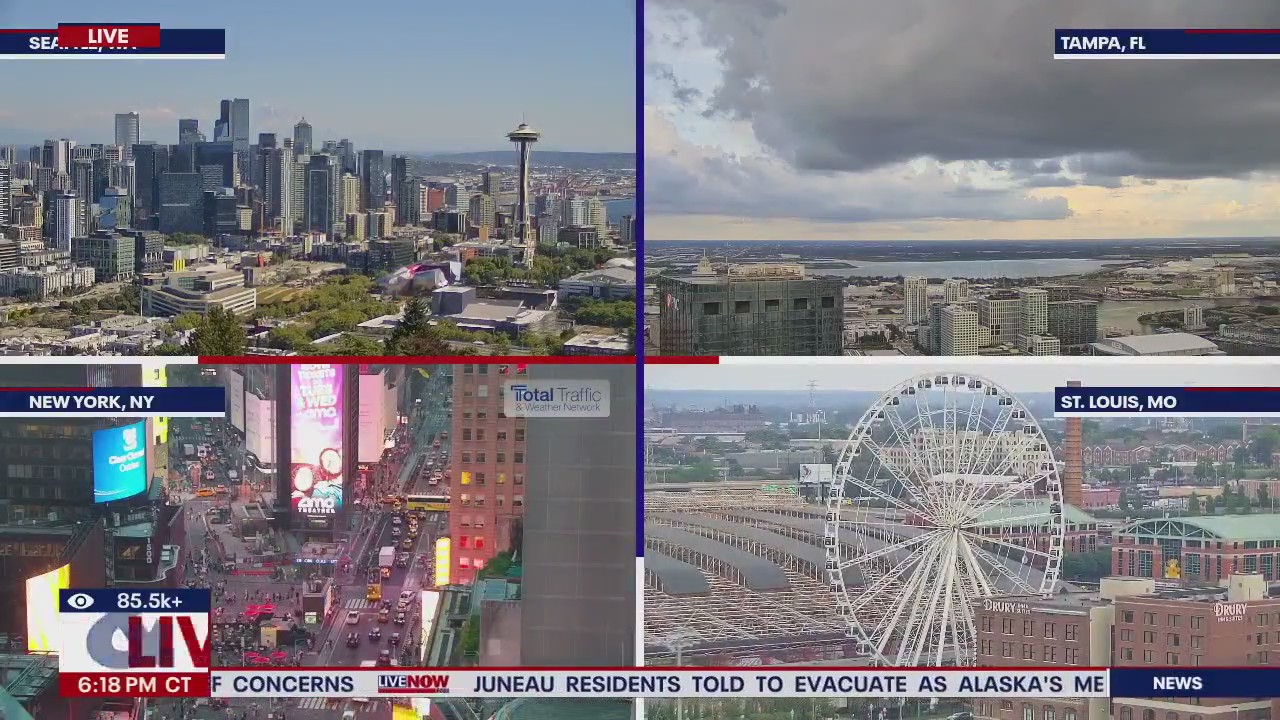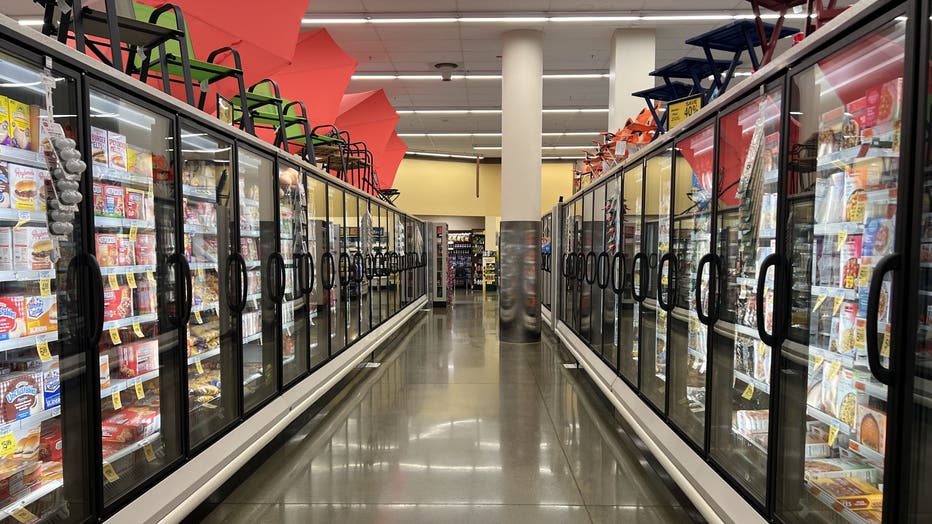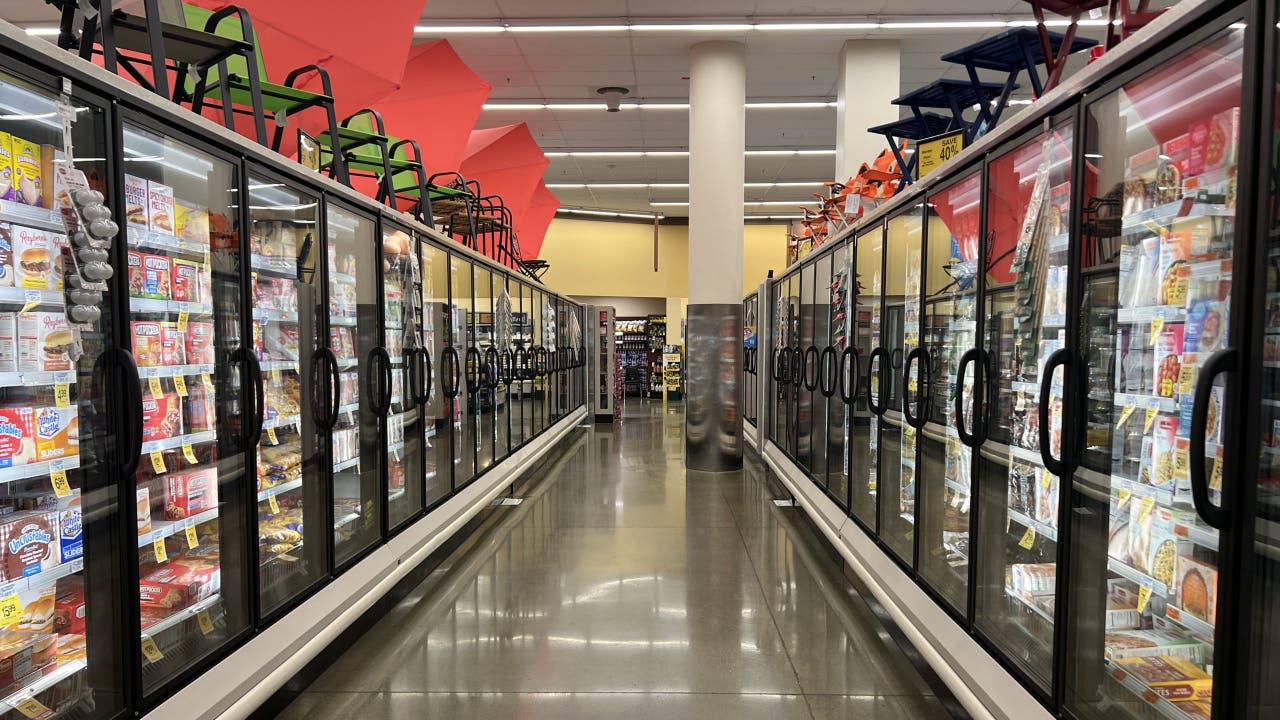 Which city has the worst inflation problem?
Which city has the worst inflation problem?
Inflation increased in July, according to the Bureau of Labor Statistics. The consumer price index (CPI) rose 0.2% in July compared with last month, while it was up 2.7% from a year ago. LiveNOW’s Andy Mac spoke about which cities have the biggest inflation problems with Chip Lupo from WalletHub.
Grocery prices continue to be at the forefront of Americans’ minds amid fluctuating inflation and the impact of President Donald Trump’s tariffs.
In fact, a majority of Americans said in a recent poll that grocery costs were a “major” stressor.
WalletHub analyzed the prices of 26 common grocery items in 100 of the largest cities to find out where people were feeling pinched by grocery costs the most.
Cities that spend most on groceries Detroit, Mich. – 3.78%Cleveland, Ohio – 3.77%Birmingham, Ala. – 3.28%Newark, N.J. – 3.16%Toledo, Ohio – 3.09%Hialeah, Fla. – 3.00%Buffalo, N.Y. – 2.98%Cincinnati, Ohio – 2.90%Milwaukee, Wisc. – 2.89%Memphis, Tenn. – 2.87%
Big picture view:
People in Detroit spend the most on groceries, WalletHub’s analysis found – not because of abnormally high grocery prices, but because the city has a low median annual household income.
By the numbers:
Grocery costs are an average of nearly 3.8% of the median household income in Detroit, the highest percentage in the country. For comparison, residents in Freemont, Calif. spend an average of less than 1% of their income on groceries, the lowest percentage for the 100 major cities analyzed.
Detroit has the second-lowest median annual household income in America, WalletHub says, at just $39,575.
Dig deeper:
As for the cost of grocery items, WalletHub found Detroiters pay unusually high prices for lettuce, sugar, and whole milk. However, prices in Detroit for ground beef, chunk light tuna, and peaches were among the least expensive in the nation.

FILE – Frozen food section in a Safeway supermarket, Walnut Creek, California, July 22, 2025. (Photo by Smith Collection/Gado/Getty Images)
Cleveland prices:
Cleveland residents spend the second-most money on groceries as a percentage of their income, at nearly 3.8%. This is mainly due to the fact that Cleveland has the lowest median household income in the country, at $39,187 per year.
Clevelanders tend to pay more for shortening, soft drinks, and bananas., though prices for whole milk, frying chicken, coffee, and corn flakes are relatively cheap in the city.
Birmingham prices:
Birmingham residents spend the third-most money on groceries as a percentage of their income, at nearly 3.3%. The median household income here is $44,376, the fifth-lowest in the country.
Residents here tend to spend more on potatoes and soft drinks, and less on corn flakes, detergent, and shortening.
RELATED: Majority of Americans stressed about grocery costs: Poll
Cities that spend the least on groceries Fremont, Calif. – 0.96%San Jose, Calif. – 1.16%San Francisco, Calif. – 1.22%Irvine, Calif. – 1.23%Gilbert, Ariz. – 1.24%Seattle, Wash. – 1.32%Plano, Texas – 1.33%Santa Clarita, Calif. – 1.33%Huntington Beach, Calif. – 1.33%Scottsdale, Ariz. – 1.40%
Big picture view:
Major cities with a higher median household income spend less proportionately on groceries.
Methodology:
WalletHub analyzed the prices of 26 common grocery items in 100 of the largest cities. It then added the costs together and compared them to the median household income in order to determine where people are spending the greatest percentage of their income on groceries.
The Source: Information in this article was taken from a WalletHub analysis of data of grocery prices and from September 10, 2025 U.S. Census Bureau and Council for Community and Economic Research. This story was reported from Detroit.

